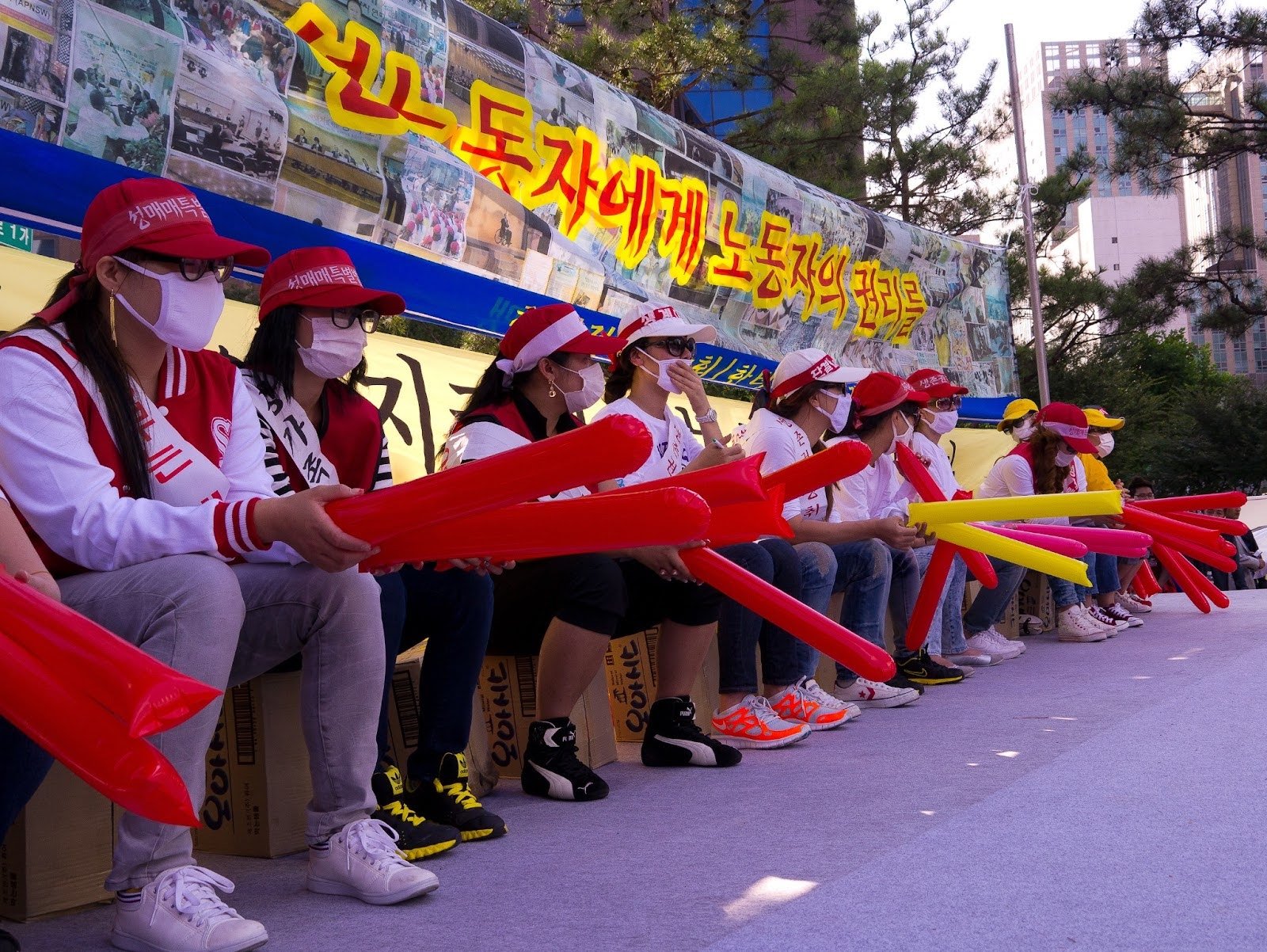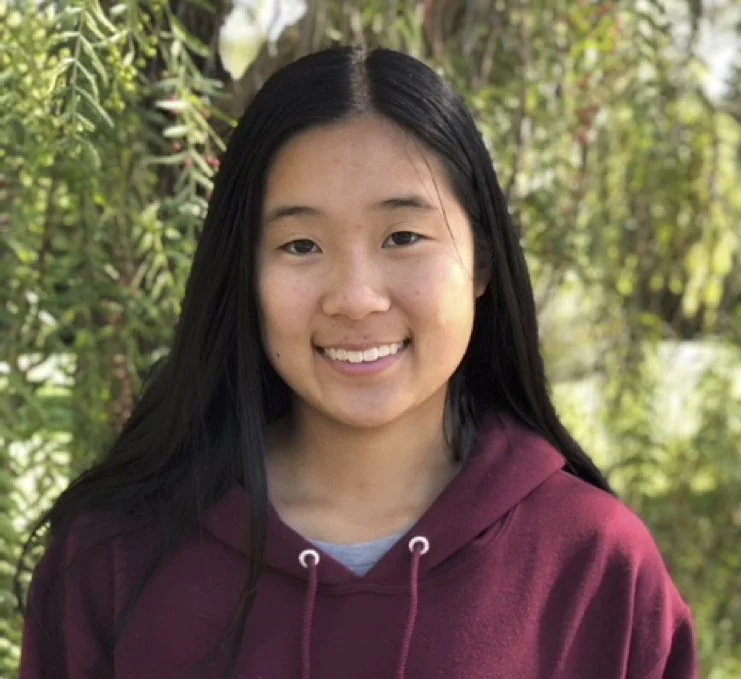The 4B Movement in South Korea aims to fight discrimination and decenter men by leaving them behind entirely.
Women’s protest in Seoul for sex worker’s rights, South Korea. Rita Willaert. CC BY-NC-SA 2.0
The 4B movement comprises four strategies that de-center men in an attempt to advance gender equality and women’s rights in South Korea. They include abstaining from bihon (marriage), bichulsan (childbirth), biyeonae (dating), and bisekseu (sex) with men.
Since the 4B movement was sparked by a Twitter user in 2018, the fertility rate in South Korea has dropped significantly, and the country now has the lowest fertility rate in the world. There are predictions that by 2065 over half of South Korea’s population will be over the age of 65.
Feminists in South Korea have been fighting against traditional gender roles, gender-based violence, and discrimination for years. South Korea’s gender income disparity ranking is one of the highest among Organisation for Economic Co-operation and Development (OECD) members, with a 31% gap between the average pay of men and women. This is particularly striking in contrast to the OECD average wage gap of 11.9%.
Discrimination and violence against South Korean women are not limited to the workplace. A 2021 survey found that a third of South Korean women have experienced gender-based violence in their lifetimes, while 80% of South Korean men admitted to abusing romantic partners in another survey. Most of the perpetrators do not face consequences.
In South Korea, feminist movements have recently been faced with significant resistance and anti-feminist rhetoric. President Yoon Suk Yeol’s political platform focused on men’s grievances regarding feminism and called for the abolition of South Korea’s Ministry of Gender Equality.
This rhetoric includes the notion that feminism and misandry are synonymous and that, because of feminism, men are now the victims of gender discrimination. These tensions have further stigmatized the discussion of women’s rights and gender equality, with the government going so far as to remove the term “gender equality” from textbooks.
While President Yook Suk Yeol has yet to be successful in getting rid of the Ministry of Gender Equality, his appointment of Kim Hyunsook as Gender Equality Minister has been condemned by feminists and activists who claim Hyunsook has failed to fulfill the mission of the ministry by ignoring cases of discrimination and gender-based violence.
To address the demands of the 4B movement, international affairs experts have several policy recommendations. These initiatives include increased support and advocacy for advancing South Korea’s Ministry of Gender Equality, enforcing laws against gender-based discrimination, and requiring gender equality training for the Gender Equality Minister.
Feminist organizations such as Haeil and the Korean Women’s Associations United continue to organize protests and advocate for women’s rights. This persistence combined with the tangible impact the 4B Movement has had on the South Korean fertility rate has inspired feminists around the world.
GET INVOLVED
Those who wish to support the 4B Movement can use social media to raise awareness. To financially support feminism in South Korea, donations or sponsorships can be made with South Korean feminist organizations such as the Seoul International Women’s Association or the Korean Women’s Association.
Madison Paulus
Madison is a student at George Washington University studying international affairs, journalism, mass communication, and Arabic. Born and raised in Seattle, Washington, Madison grew up in a creative, open-minded environment. With passions for human rights and social justice, Madison uses her writing skills to educate and advocate. In the future, Madison hopes to pursue a career in science communication or travel journalism.
































